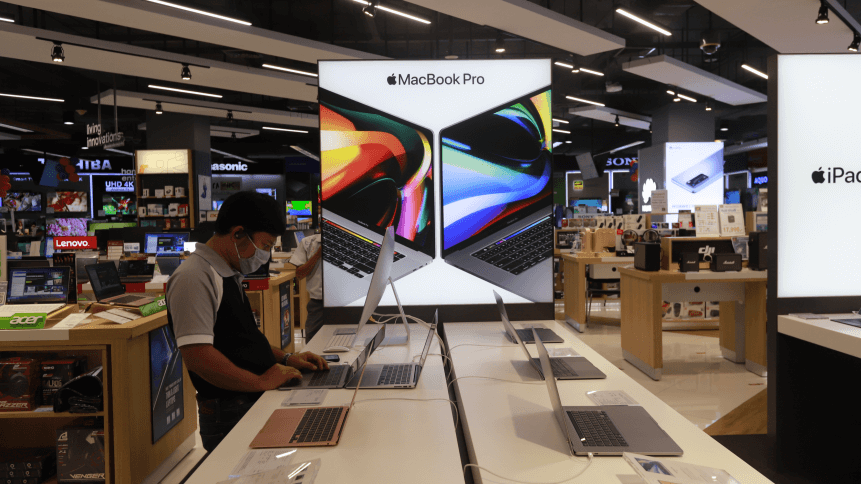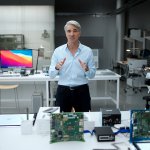Apple silicon heralds new era in computer performance race

When Apple’s new additions to its Mac Mini, MacBook Air, and MacBook Pro were announced, there was the usual Cupertino hyperbole around the new machines’ performance.
As Apple’s first hardware to sport the company’s modern ARM-licensed architecture, the claims of extra speed and power were initially considered to be spurious by a cynical technology press. Fuel to the fire was the lack of specific comparisons, with phrases along the lines of “faster than the fastest laptop on sale,” allowing commentators to speculate that the new hardware’s performance would not be up to scratch.
The reviews are now in, and more importantly, so are the benchmarks. In a range of tests ranging from the compilation of binaries from scratch through to subjective opinions about essential apps’ response times, it seems that the world’s largest and richest technology company has pulled off a coup. Some are even stating that the new hardware is as significant a change in the technology market as the first iPhone’s arrival.
Users of hardware like some models of the Microsoft Surface and iPad Pro have been aware that the ARM chips in their machines have passed muster in terms of performance and battery life, but finding a daily driver laptop or workstation suitable for proper work or leisure running on ARM has been unheard of until now. Models of laptops and even a few desktop machines have been available with ARM under the hood, but these have mainly been at the low end of the market. Even the open-source community-oriented PinebookPro (on which these words are being written), while an undoubtedly capable performer, is no-one’s idea of an all-round, fully capable workhorse. And at $199, no-one would expect it to be otherwise.
Therefore, Apple’s use of ARM in its product range is something different: high-priced, high-performing hardware on-chip types that no-one expected much from. But those expectations have been, arguably, ill-conceived. The Snapdragon range of ARM processors’ power in the last two years has been impressive, and already, large cloud-providers are offering ARM hardware as part of SaaS offerings. Compared with Intel’s x86 processors and their 14nm fabrication limitations, and the latest ARM architectures — epitomized by Apple’s M1 — suddenly look wildly advanced. And combine the speed and power of this new generation of chips with the low power consumption metrics and accompanying low heat production, and the way forward appears to be moving away from x86 in many areas.
Developers have been compiling software on ARM for many years now, aided by advances in the compilers themselves: write an application in Go, and it runs everywhere; compile in GCC and binaries run on x86 and Amazon’s Neoverse services alike. Linux and ARM are old friends in the data center, and on the desktop, even Windows 10 runs happily on ARM. As a technology, this is a mature architecture with a mature supporting developmental infrastructure standing by.
The gauntlet has been thrown down at AMD and Intel’s feet, whose jockeying for position has been, for many years, in a two-horse race. For Intel, in particular, lagging behind AMD in most measures that the processor-watchers use, ARM’s arrival wearing Apple garb should be signaling — if the company needed one — that it needs to address its failings.
AMD and Intel will continue to dominate the mainstream computer processor market for a couple of years at least because it takes a longer-term change in chip rankings to percolate through into the slow cadence of OEM cycles. But now Apple has proven that ARM can punch alongside the big fighters of x86 and that it deserves its place among the powerhouses in the world’s laptops and data centers, many other vendors will know that they can produce something approaching the high bar set by this first generation of Apple silicon. Even producing hardware that’s not-quite-as-good as what Apple now sports will comprise decent competition against the Sunny Cove Cores, Tiger Lakes, and Zen 3s.









